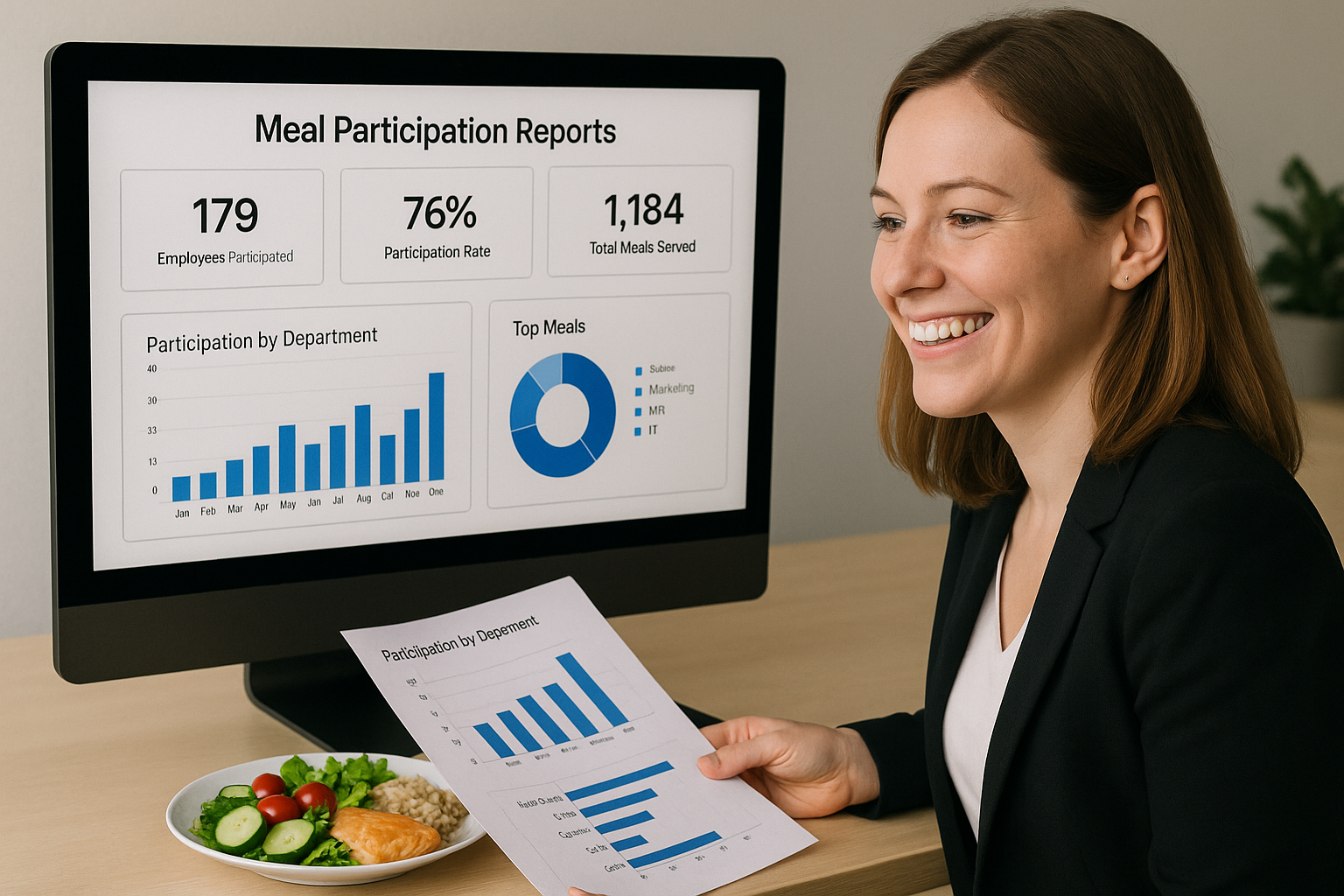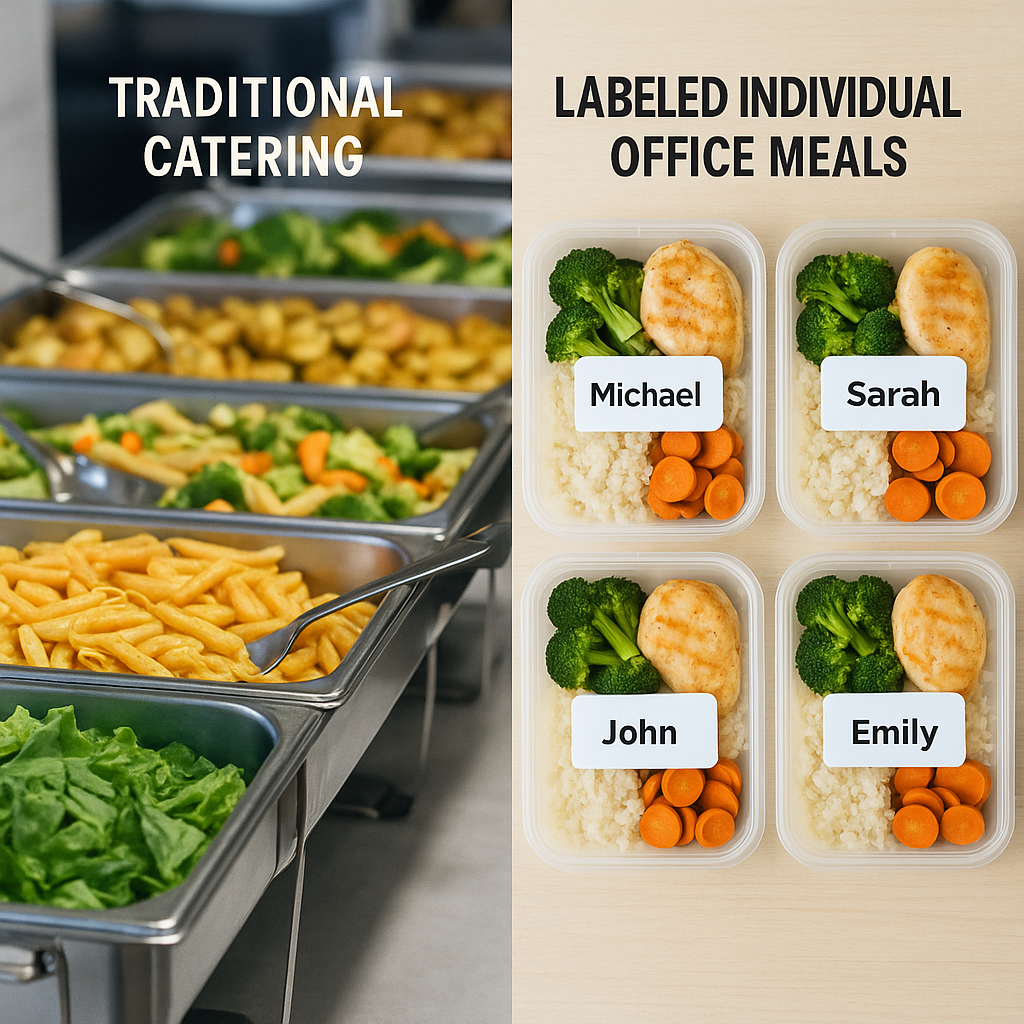Beyond Perks: Measuring the Impact of Corporate Catering on Employee Retention
Discover how corporate catering goes beyond free meals to boost employee retention, improve workplace culture, and cut recruitment costs. Learn the measurable impact of meal programs on loyalty and satisfaction — with real metrics and examples.
In today’s competitive talent market, offering free or subsidized meals isn’t just a “nice-to-have” perk—it’s a strategic investment in employee satisfaction, productivity, and long-term loyalty. Corporate catering programs, when implemented thoughtfully, can directly reduce turnover, lower recruitment costs, and boost workplace morale.
In this article, we’ll explore how corporate catering drives employee retention, highlight measurable outcomes, and share examples of how workplaces are using services like hungerhub’s corporate meal programs to create lasting impact.
Why Employee Retention Matters More Than Ever
Replacing an employee is expensive—some estimates put the cost at 50%–200% of a worker’s annual salary once recruitment, training, and lost productivity are factored in. In Canada’s tight labor market, losing top talent can also hurt company culture and client relationships.
While traditional retention strategies include professional development and bonuses, corporate meal programs are emerging as a cost-effective way to keep teams happy, engaged, and connected.
The Link Between Corporate Catering and Employee Loyalty
Food is more than fuel—it’s a daily opportunity to connect people. When companies provide healthy, convenient meals, employees:
- Feel valued: Meals signal investment in staff well-being.
- Save time and money: Eliminates the daily lunch rush and cost burden.
- Build connections: Shared meals strengthen workplace culture.
In hungerhub’s experience serving companies across Toronto, Vancouver, and other Canadian cities, meal programs are often cited by HR teams as one of the most appreciated benefits—sometimes even more than gym memberships or annual bonuses.

Case Study: The Measurable ROI of Office Meal Programs
Let’s imagine a mid-sized tech company with 200 employees. Before launching a catered lunch program, they faced high turnover and struggled to fill roles quickly. Six months after implementing a daily catered lunch program with hungerhub, they saw measurable improvements:
These numbers highlight how a relatively small investment in catered meals can generate substantial savings in recruitment while improving team morale.
Beyond Lunch: The Strategic Benefits of Corporate Catering
- Attracting Top Talent
Job seekers increasingly factor workplace perks into their decisions. A robust catering program can set your company apart—especially in competitive industries like tech, law, and finance. - Reducing Midday Downtime
With meals delivered to the office, employees spend less time commuting to restaurants and more time collaborating or relaxing during breaks. - Promoting Health and Wellness
Offering balanced meals—through services like hungerhub’s healthy catering options—supports better focus, fewer sick days, and overall well-being. - Fostering Inclusion
Catering programs can be tailored to accommodate dietary restrictions, ensuring everyone feels included and appreciated.
How to Measure the Impact of Your Meal Program
For HR leaders and executives, the key to justifying catering budgets is tracking measurable outcomes:
- Turnover Rates: Compare pre- and post-program figures.
- Engagement Scores: Use employee surveys to assess satisfaction.
- Recruitment Metrics: Track time-to-hire and cost-per-hire.
- Usage Rates: Monitor how many employees participate in the program daily.
Tip: Use a quarterly review to tie meal program metrics directly to HR KPIs.
Practical Implementation Tips for HR Teams
- Start with a pilot program: Test with one department before rolling out company-wide.
- Offer variety: Rotate menus to keep meals exciting—include local favorites from Toronto or Vancouver restaurants.
- Collect feedback regularly: Use quick surveys to refine the program.
- Highlight the benefit: Feature the meal program in recruitment materials and job postings.
FAQ: Corporate Catering & Employee Retention
Q: Is corporate catering really cost-effective compared to other perks?
A: Yes—especially when you consider the reduction in turnover and recruitment costs. A catered lunch often costs less per month than other benefits like gym memberships or commuter allowances.
Q: How can I ensure all dietary needs are met?
A: Partner with a service that offers diverse, customizable menus like hungerhub’s Uncatering™ model, which allows employees to order from different restaurants daily.
Q: Can meal programs work for hybrid or remote teams?
A: Absolutely—some companies use catering credits or meal delivery to keep remote employees engaged and connected.
Final Thoughts
Corporate catering is more than a perk—it’s a strategic lever for improving employee retention, recruitment efficiency, and workplace culture. By investing in a thoughtful meal program, companies can reduce turnover, boost morale, and create a workplace where people truly want to stay.
If you’re ready to explore a tailored meal program for your team, visit hungerhub’s catering solutions and see how we’re helping companies in Toronto, Vancouver, and beyond keep their employees engaged—one meal at a time.
































.png)




























